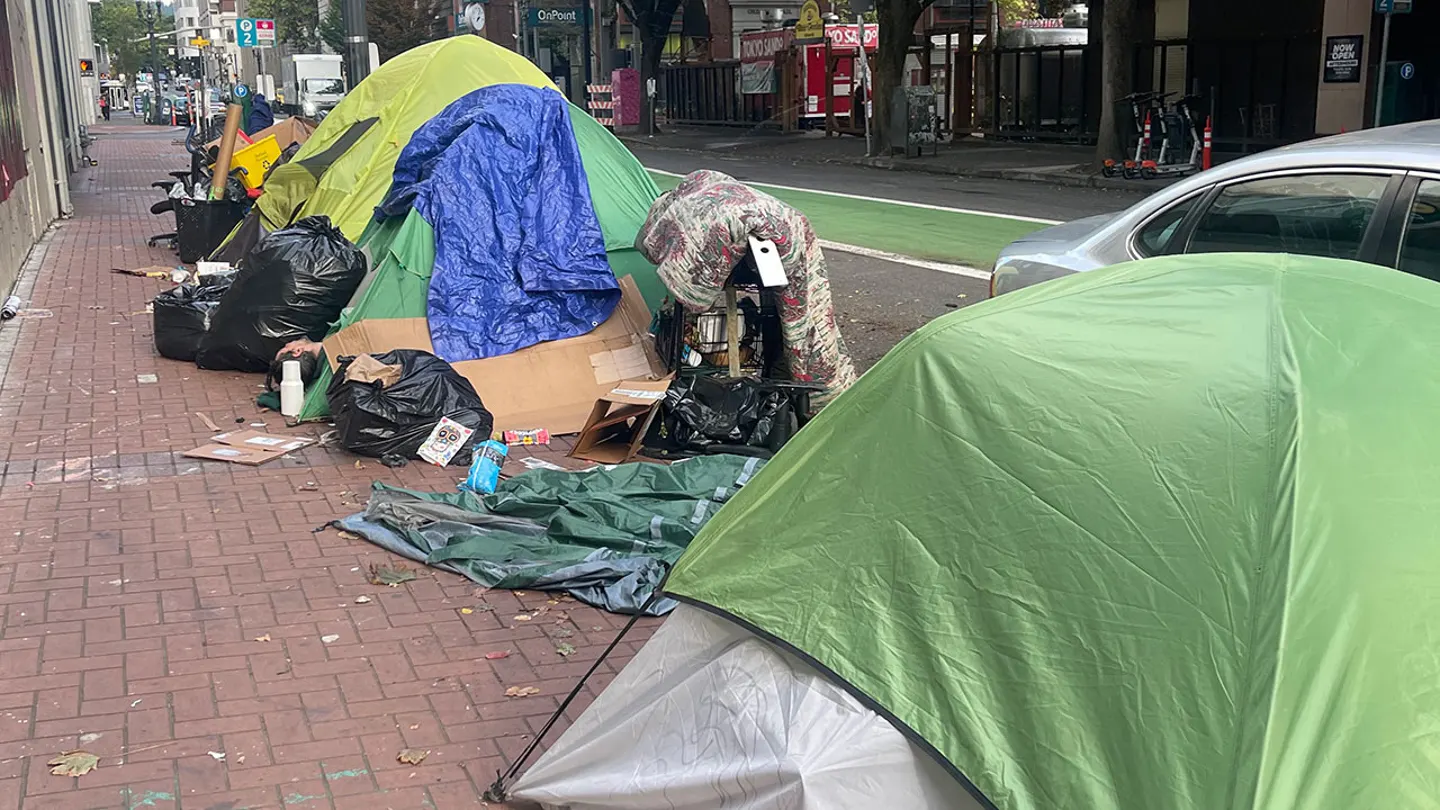Columnist David Marcus says his recent trip to Portland, Oregon, left him convinced that the city’s deep political divide and growing urban decay reflect a troubling future for other American cities.
Marcus recounts a telling moment at the airport as he prepared to leave. After a 20-minute political lecture from his Lyft driver—who claimed former President Donald Trump “laundered money for Russia” and that “Antifa doesn’t exist”—Marcus received a notification accusing him of “discrimination.” He believes the complaint stemmed from disagreeing with the driver’s views.
A City in Denial
To Marcus, Portland’s most striking feature isn’t its politics but its widespread denial of decline. “The most amazing thing about Portland isn’t how far left-wing it is,” he writes. “It’s how sure people are that everything is fine — that occasionally walking past dead bodies on the sidewalk is normal.”
Also Read
The columnist describes a city where homelessness, drug addiction, and disorder dominate downtown streets, yet residents insist such problems are exaggerated or isolated. He likens the city’s apathy to “a frog in boiling water” — citizens unable to recognize the worsening conditions around them.
Local photographer Tara Faul, who documents the city’s homeless population, reinforced this sentiment on social media. She recalled hearing a visitor compare Portland unfavorably to Detroit, noting that the Michigan city “is much cleaner.”
A Dickensian Downtown
Marcus paints a bleak picture of downtown Portland, where about a quarter of storefronts are vacant and those that remain cater to affluent residents. He describes fashionable crowds in three-piece suits and brightly dyed hair walking past tent encampments, seemingly indifferent to the suffering around them.
“It almost feels like Dickensian London,” he writes, “where the elites tap their walking sticks while the misery of the masses fades into the rain.”
A bartender named Jackie, whose family has lived in Portland for generations, told Marcus that “the rest of the city isn’t really like downtown.” But to Marcus, downtown is the “face of a city,” and Portland’s face, he argues, now resembles a dystopian landscape.
The Warning for Other Cities
Marcus warns that Portland’s struggles are not unique. He argues that the city represents what happens when progressive governance fails to enforce public order, allowing ideological purity to eclipse practicality. “When you hand local government over to the far left,” he writes, “you wind up with something like Blade Runner—where the wealthy and protected flourish, the vagrants languish and die, and everyone else stays away.”
He also criticizes the city’s political culture, claiming that conservative voices are ostracized and that dissent is punished both socially and economically. He cites his own Lyft experience as an example of a creeping “social credit system,” where people risk being penalized for expressing unpopular opinions.
A Broader Reflection
Marcus concludes that Portland’s “dystopia delusion” could easily take hold elsewhere if citizens and leaders ignore urban disorder under the guise of tolerance.
“Most people in Portland think things are fine — great even,” he writes. “And if that’s true, then who are we to tell them they’re wrong? But that’s the warning. Because if we don’t learn from it, every American city could soon look just like Portland.”












